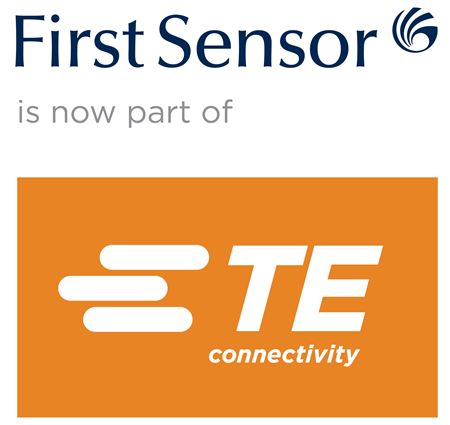These days, modern HVAC and building automation systems intelligently match heat recovery, air conditioning, energy generation and energy distribution in order to make sure that energy is used in a way that saves both cost and resources.
.jpg)
Sensors for Measuring Differential Pressures in HVAC Systems. Image Credit: First Sensor
High-quality sensor solutions are provided by First Sensor that range from individual sensor systems to complex customer-specific sensors. These systems help to increase the energy efficiency of heating, ventilation and air-conditioning (HVAC) systems.
HVAC Systems
In the case of HVAC systems, the ability to track volumetric pressures and flow rates in rooms and lines is important when it comes to operating these systems efficiently and economically. Pressure sensors are a core element for controlling the systems.
In order to comply with stringent legal requirements as well as minimize energy costs, there is a need for ever-decreasing measuring ranges along with greater measuring sensitivities, long-term stabilities and accuracies of the sensors. Further, the pressure sensors should be able to cope with specific requirements in HVAC systems, for example dust-laden air, and should be small and easy enough to be integrated in OEM systems.
Sensor Solutions for HVAC Systems
A wide range of sensor technologies are available from First Sensor for measuring the lowest differential pressures in ventilation ducts, volumetric flow controllers, rooms and filter monitoring.
First Sensor’s flow-based LDE/LME/LMI differential pressure sensors work based on the principle of thermal mass flow measurement of air which is conducted through a tiny flow channel integrated within the sensor chip. This novel sensor technology allows for highly sensitive measurement of ultra-low pressures from 25 Pa (0.25 mbar) full scale with offset stability and ultra-high resolution. Given the minimal gas flow, the sensors are highly resistant to humidity, dust and long connection tubes.
First Sensor also offers membrane-based piezoresistive pressure sensors from the HCLA and HCL series that integrate low position sensitivity with high offset stability due to a unique internal compensation technique. The silicon MEMS sensors provide digital and analog interfaces and attain pressure / linear signal characteristic curves for pressure measuring ranges from 2.5 mbar full scale.
.jpg)
MEMS Inertial Sensors for Condition Monitoring.Image Credit: First Sensor
Condition Monitoring of Buildings
Precision MEMS inertial sensors are used by a new generation of miniaturized sensor based monitoring systems to monitor structural damage, changes and critical stress conditions of structures and buildings. In this manner, the load exerted on bridges, for instance, by aging, usage and environmental effects such as temperature and wind is checked and recorded by a dense network of sensors at different locations. For condition monitoring of high current cables, wind power systems and pipelines, micro-machining inertial sensors are also suitable.
Sensor Solutions for Condition Monitoring of Buildings
First Sensor operates a novel technology platform for developing and manufacturing precision inertial sensors that can be easily adapted to suit specific requirements of customers.
The acceleration and capacitive inclination sensors are based on the latest micro-machining technology and single crystal silicon sensor elements. The MEMS sensors not only achieve a high signal-to-noise ratio but also accomplish excellent temperature stability. They can detect even the smallest changes in acceleration or position. The high aspect ratio microstructures (HARMS) also ensure ultra-low cross axis sensitivities. Moreover, the patented Air gap Insulated Microstructures (AIM) technology insulates the active areas with an air gap and thus reduces parasitic capacitances.
Products include:
- LDE/LME/LMI Series: ultra-low pressure sensors based on flow measurement
- HCL/HCLA Series: piezoresistive low pressure sensors
- WBI/WBA/WTA Series: thermal mass flow sensors
- SI/SA Series: capacitive MEMS inertial sensors
- Customized sensors, modules and systems

This information has been sourced, reviewed and adapted from materials provided by First Sensor AG.
For more information on this source, please visit First Sensor AG.